Introduction: A Common Parental Concern
When faced with the dilemma of their child’s dental health, many parents may wonder about the necessity of stainless steel crowns for decayed primary teeth. The question arises particularly when a tooth suffers significant decay or has undergone pulp therapy. In such scenarios, pediatric dentists often recommend fitting a prefabricated metal crown. However, for parents unfamiliar with this dental procedure, hesitation and uncertainty may follow: Is it truly necessary?
Why Metal Crowns Matter for Primary Teeth
Indeed, the need for metal crowns becomes apparent when we consider the unique characteristics of primary teeth. A stainless steel crown is a pre-manufactured, perfectly contoured metal covering that safeguards the tooth while enhancing its structural integrity. These crowns ensure that primary teeth remain healthy until they naturally fall out, making way for permanent teeth. As they are designed specifically for primary teeth, they will disintegrate with the loss of the primary tooth—there is no need for their manual removal, and they do not interfere with the development of the permanent dentition.

The Distinct Nature of Primary Teeth
Primary teeth possess distinct shapes, sizes, and internal structures, setting them apart significantly from their permanent successors. This inherent difference often complicates restorative procedures, leading to challenges such as a higher likelihood of filling failure and the tendency for restorations to dislodge easily. Traditional filling methods frequently fail to accurately recreate the anatomical shape and height of primary teeth, which can hinder the establishment of normal bite relationships. Consequently, this can negatively impact facial skeletal growth and the proper alignment of future permanent teeth.
The Advantages of Prefabricated Metal Crowns
Conversely, stainless steel crowns exhibit lower rates of failure and possess excellent durability and marginal integrity. They effectively restore the outer shape of a tooth while contributing to the maintenance of arch length and a correct occlusion. Without a crown, a tooth that has undergone root canal treatment may suffer from significant structural deficiency, making it susceptible to fractures when subjected to chewing forces, leading potentially to extraction if not adequately protected.
Strengthening Tooth Integrity
When a dentist fits a stainless steel crown, it acts as a protective armor for the child’s tooth, providing crucial defense until the tooth eventually falls out. This method of treatment is widely practiced and well-established in countries abroad, boasting an impressive usage rate of up to 80%. As this practice gains momentum in our own country, it is essential for parents to appreciate the purpose of these “little hats” for their children’s teeth. Embracing this dental solution is vital, as ensuring the health of our children’s teeth is a collective duty reliant on informed and proactive decision-making.
Conclusion: A Call for Understanding and Acceptance
In conclusion, the application of stainless steel crowns for decayed primary teeth should not be met with resistance but rather welcomed as a significant step toward maintaining oral health in children. Dentists are equipped with the knowledge and resources to make informed recommendations, ultimately aiming for the best possible outcomes for young patients. Together, we must prioritize our children’s dental well-being through understanding and support for necessary treatments designed to foster long-term health.


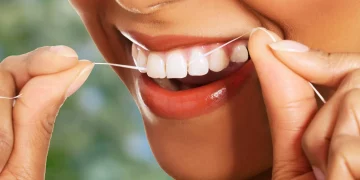




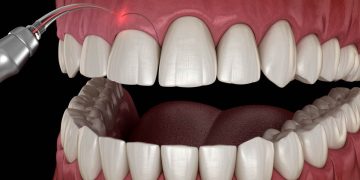
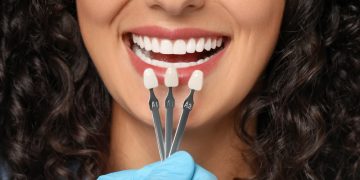



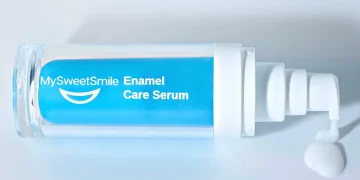












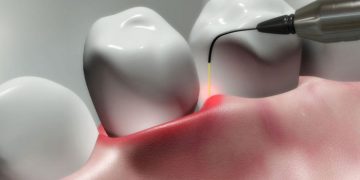


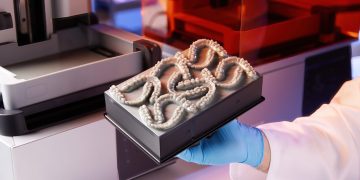

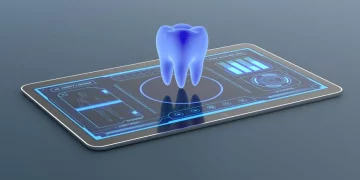














Discussion about this post